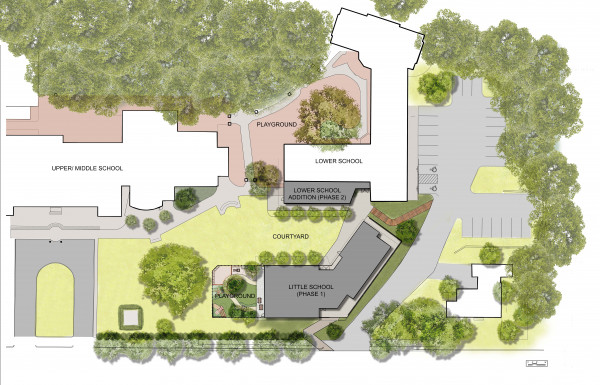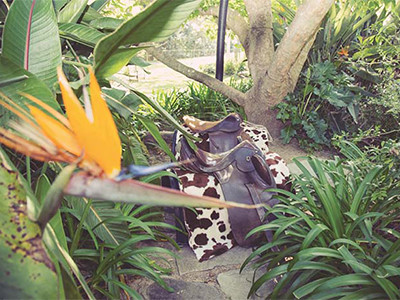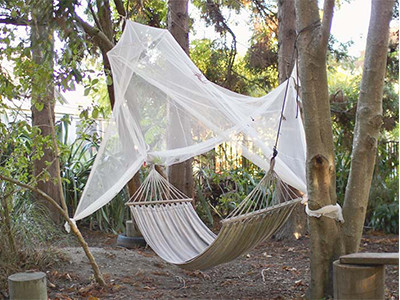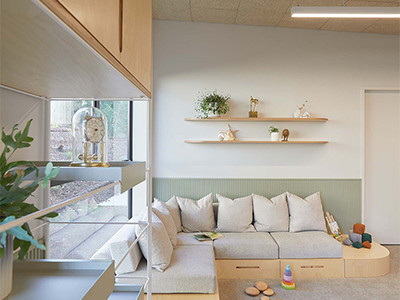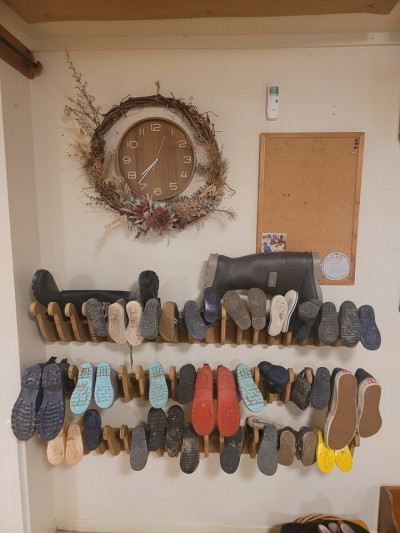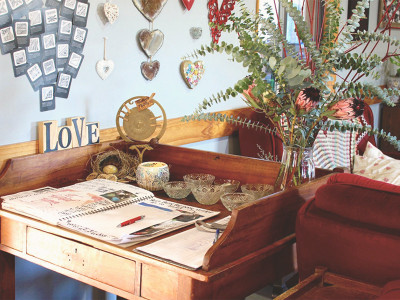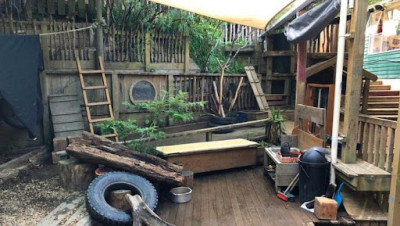Reggio-Emilia / Quaker Inspired Early Education Project
Completion: August 2020
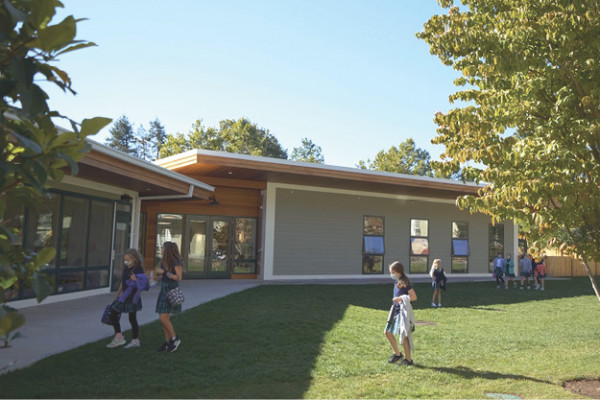
Photography by studioMLA Architects
Rooted in Quaker principles and dedicated to a dynamic education for girls, the K-12 Lincoln School also has a highly respected coed early education program. This project provides additional capacity and creates indoor and outdoor spaces fully aligned with the Reggio-influenced curriculum and the school’s Quaker values. At the site scale, the LEED Gold-certified net-zero energy project improves the campus connection to the neighborhood, supports the school curriculum with biophilic interventions, and is incredibly energy efficient. The architecture reflects Quaker simplicity and light, while sensory-rich indoor and outdoor spaces allow children to flourish.
“Everything that we are as a program, and how we value relationships, all of that was really, very well thought of in the design of this space.”
Kimberly Lough, Director of the Little School, Early Childhood and Auxiliary Programs
Site Plan of "Little School" at Lincoln School.
Project Goals
The goals studioMLA Architects worked towards for the Lincoln School project are broken down into two phases. Phase 1 involved the design and construction of a new ‘Little School’ for toddlers aged between 18-24 months. Phase 2 has yet to be initiated; however, it's outlined as expansion and revitalization of the existing 'Lower School.' The Lincoln School's main goal has always been simplicity with a focus on sustainability. This has been a guiding driver throughout every facet of the design.
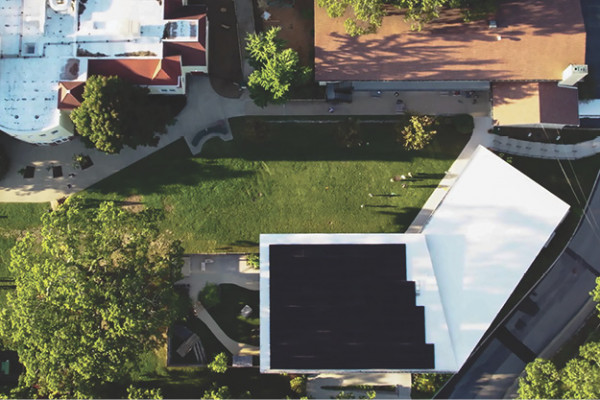 Photography by studioMLA Architects
Photography by studioMLA Architects
In-Depth Design
In Phase 1, studioMLA Architects analyzed the viability of multiple potential sites. studioMLA Architects, alongside the Lincoln School, ultimately selected one site on campus, which allowed for a new and enhanced street front and created a defined courtyard between the 'Lower School' and the 'Little School.' Throughout the design, studioMLA Architects focused on developing strategies to provide a cohesive campus look. The new building reflects both the scale of the neighborhood and the ethos of the School in terms of simplicity, connectedness, community, and sustainability. In addition to the 'Little School,' Phase 1 included a much-needed expansion of the parking lot, which significantly relieves traffic congestion along the residential street, E. Orchard Ave.
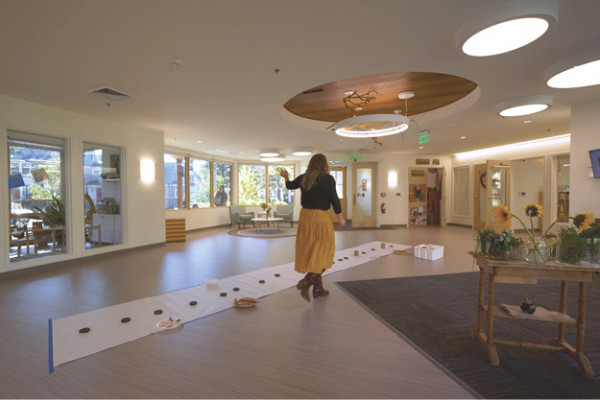 Nature-based play space. Photography by studioMLA Architects
Nature-based play space. Photography by studioMLA Architects
The design of the 'Little School' includes a large and inviting central piazza, which provides a welcoming experience for students, parents, and visitors as they enter the building. In addition, the design includes a new on-site project studio, which brings the philosophy of project-based learning to life through loose parts and natural elements that encourage creative and imaginative play. Nature and the environment play a role in the curriculum at the Lincoln School, and the development of a new nature-based play space was a key feature in the final design. The design also highlights the connection between interior and exterior spaces, prioritizing a full wrap-around porch that allows classrooms to spend time outside on rainy days under the comfort and protection of the overhang. At various different scales, careful consideration was placed on creating a myriad of spaces to allow for growth and development through socialization, creativity, and integration with the natural environment.
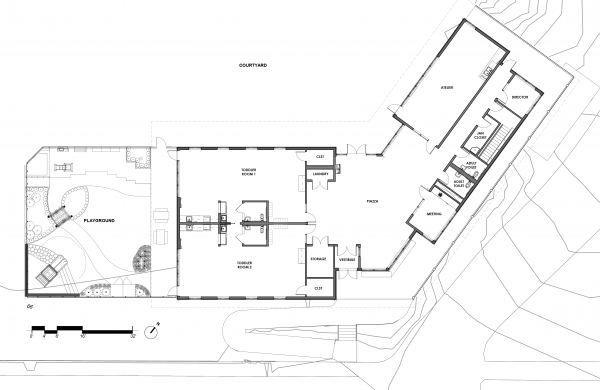
Floor Plan of "Little School" at Lincoln School.

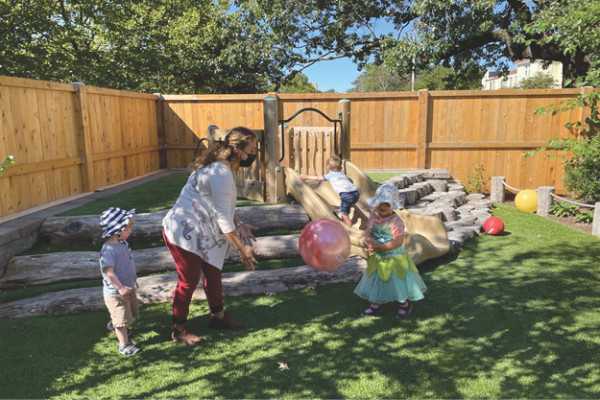
Photography by studioMLA Architects
Little School in Action
The 4,700 SF south-facing facility houses classrooms, administration spaces, an atelier used for arts and crafts, and an outdoor play space. The Little School provides dedicated space for toddlers to 3-year-old students. Designed to emphasize the joy of learning through a Reggio-Emilia-inspired approach, the bright and airy, engaging learning spaces are lined with floor-to-ceiling window panes that fully open and close providing fresh air and a panoramic view of the outside world. All the classrooms in the Little School have direct access to the outdoors. Having direct access was influenced by the School’s Reggio-Emilia philosophy– to embrace the natural environment. It provokes curiosity and exploration within the students.
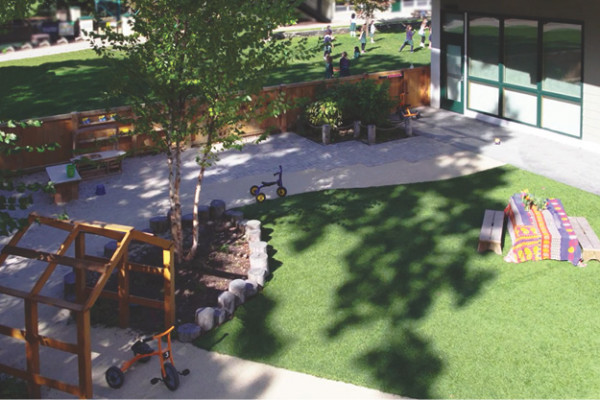
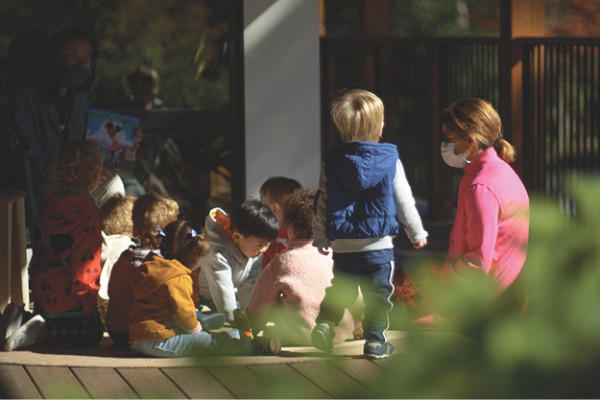
Photography by studioMLA Architects
Conclusion and Lessons Learned
The careful integration of building and landscape can improve children’s environment in the following ways:
- The Quaker / Reggio-inspired themes of simplicity, light, community, and sustainability allow for the design to successfully support the program without upstaging it.
- Providing a variety of outdoor spaces and experiences, from a highly developed natural playground to a flexible community lawn or a more intimate corner porch area, can allow for a wide range of activities to take place and can work to engage the larger community.
- “Good design,” which includes ample space, strong indoor/outdoor connections, natural light/ ventilation, energy efficiency, and natural materials strongly aligns with the space that supports children’s continued development.
- Designing with these key tenants in mind also adapts well to COVID-19 protocols allowing operations to continue safely under difficult circumstances.
View studioMLA Architect’s video of the ‘Little School’ to learn more about the program and the spaces they’ve designed.
![]()
For more information on studioMLA Architects, visit their website https://www.studiomla.com/
 Michael Lindstrom
Michael Lindstrom